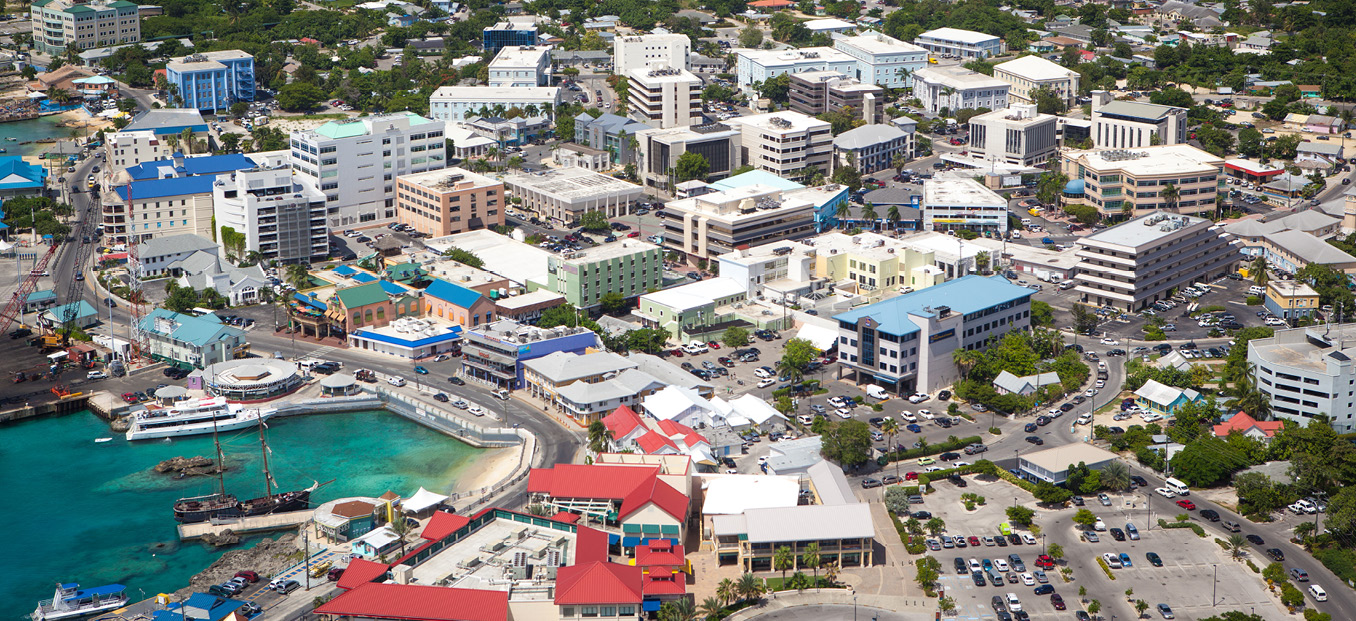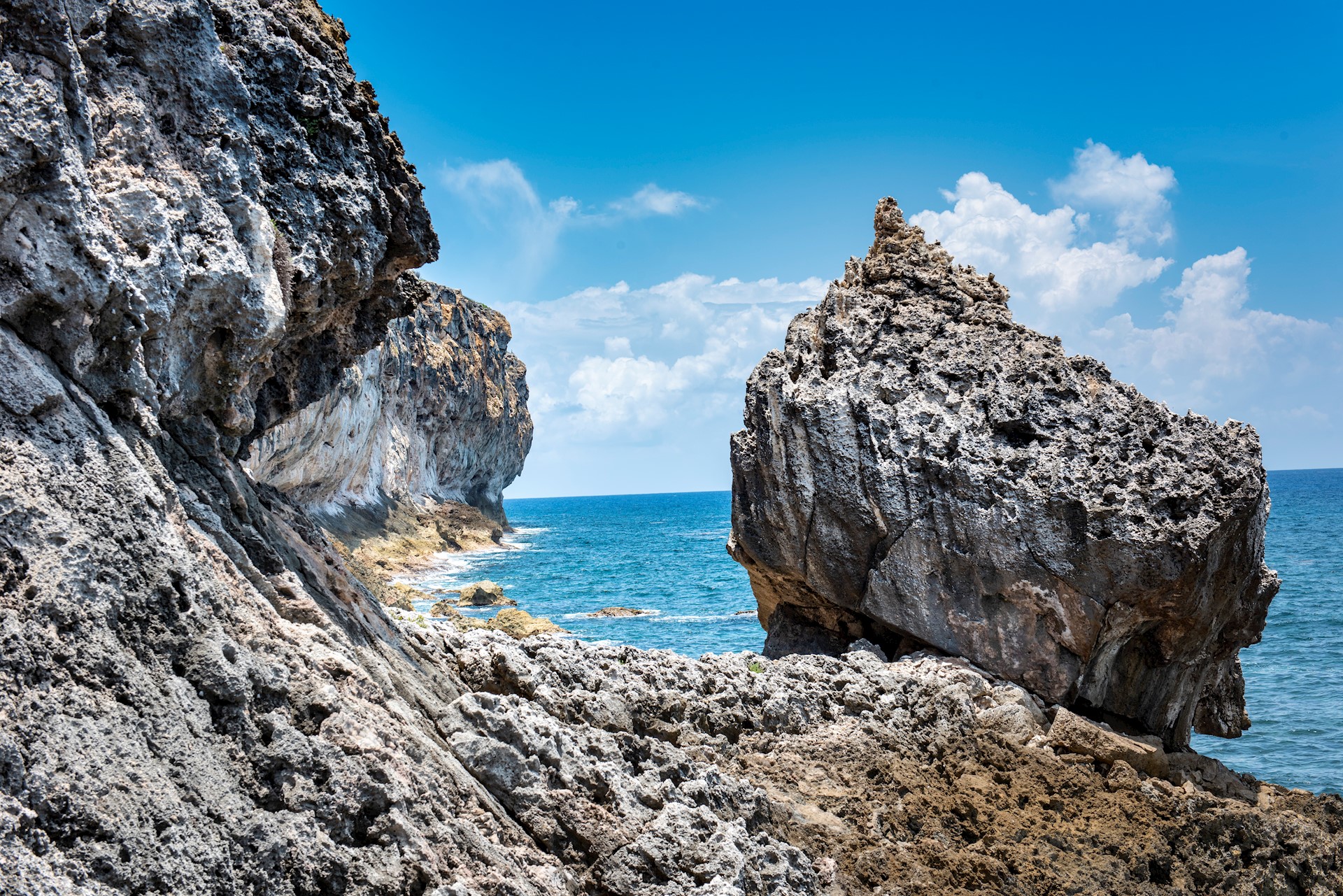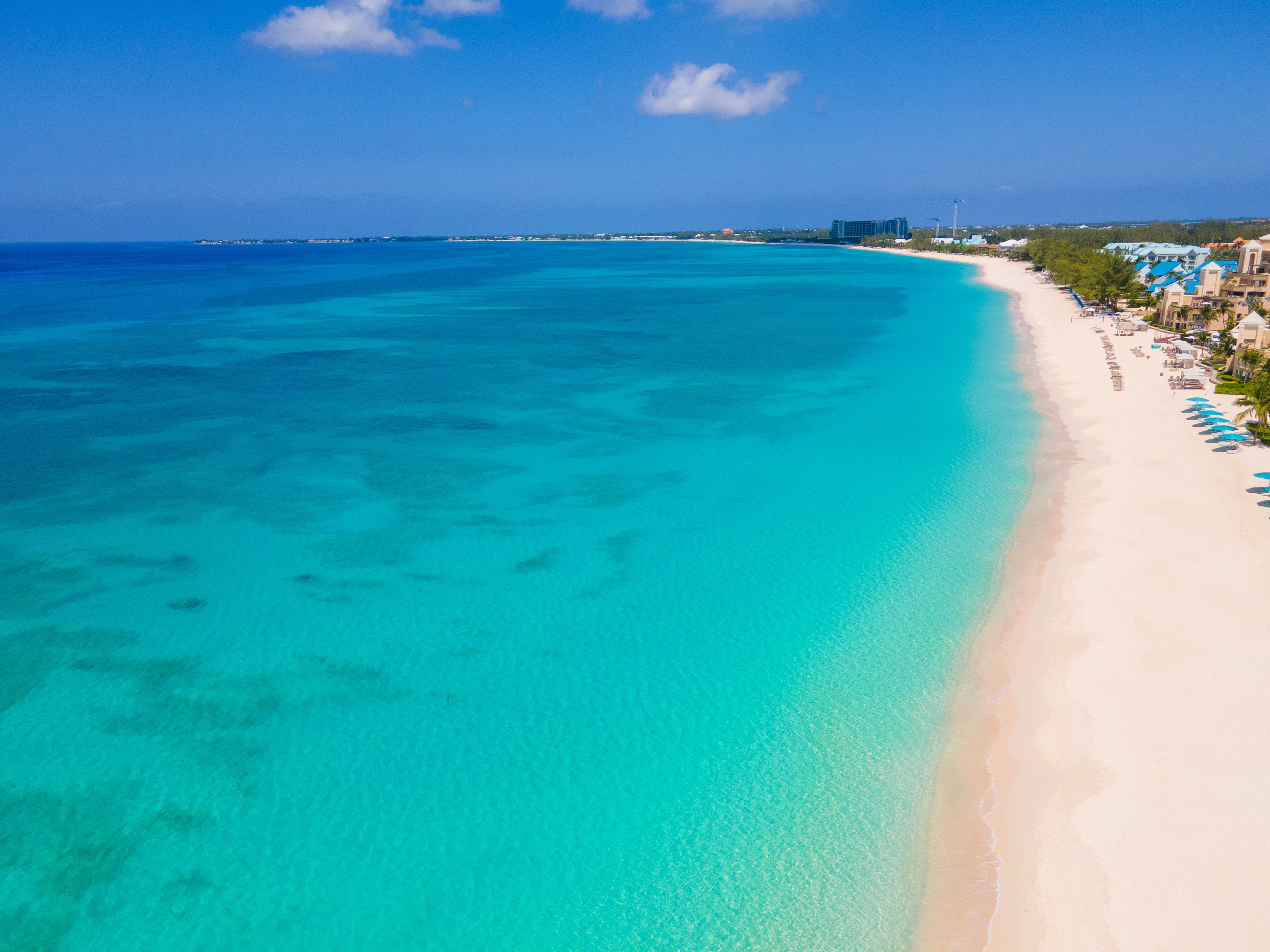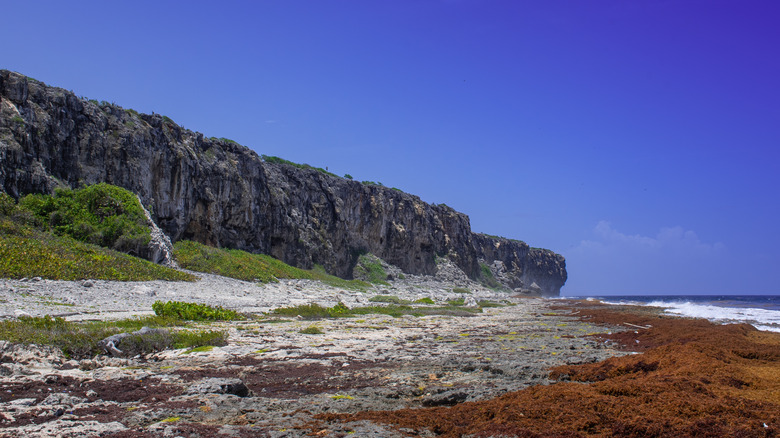
Located in the western Caribbean Sea, the Cayman Islands are a British Overseas Territory that is renowned for its stunning beaches, crystal-clear waters, and vibrant culture. Comprising three main islands - Grand Cayman, Cayman Brac, and Little Cayman - this island nation is a popular destination for tourists and a haven for financial services. In this article, we will delve into the world of Cayman Islands maps and facts, exploring the geography, history, and attractions of this captivating archipelago.
Geography and Climate
The Cayman Islands are situated approximately 450 miles south of Miami, Florida, and 180 miles northwest of Jamaica. The islands are relatively small, with Grand Cayman being the largest, covering an area of about 76 square miles. Cayman Brac and Little Cayman are significantly smaller, with areas of 14 and 10 square miles, respectively. The islands are generally flat, with the highest point being the Bluff on Cayman Brac, which reaches an elevation of 140 feet above sea level.
The climate in the Cayman Islands is tropical, with warm temperatures and high humidity levels throughout the year. The average temperature ranges from 70°F to 90°F (21°C to 32°C), making it an ideal destination for sun-seekers and beach lovers.
History and Culture
The Cayman Islands have a rich and diverse history, with evidence of human habitation dating back to the 16th century. The islands were first discovered by Christopher Columbus in 1503, and later became a British colony in 1670. Today, the islands are a British Overseas Territory, with a population of around 64,000 people.
The Cayman Islands are known for their vibrant culture, which is a blend of African, British, and Caribbean influences. The islands are home to a variety of festivals and events, including the Cayman Islands Pirates Week, the Cayman Jazz Festival, and the Cayman Food and Wine Festival.
Maps and Navigation
For those planning to visit the Cayman Islands, having a good understanding of the islands' maps and navigation is essential. The islands are well-connected, with a network of roads, highways, and pedestrian paths. Grand Cayman Island has a comprehensive public transportation system, including buses and taxis, while Cayman Brac and Little Cayman are more rural and require a car or bike to get around.
There are several types of maps available for the Cayman Islands, including road maps, tourist maps, and diving maps. These maps can be obtained from the Cayman Islands Department of Tourism, local bookstores, or online.
Attractions and Activities
The Cayman Islands offer a wide range of attractions and activities for visitors, including:
Seven Mile Beach, a stunning stretch of white sand beach on Grand Cayman Island
Stingray City, a shallow sandbar where visitors can interact with southern stingrays
The Crystal Caves, a network of underground caves on Grand Cayman Island
The Cayman Turtle Centre, a conservation facility that protects the islands' sea turtle population
Scuba diving and snorkeling, with numerous dive sites and coral reefs surrounding the islands
In conclusion, the Cayman Islands are a hidden gem of the Caribbean, offering a unique blend of natural beauty, rich history, and vibrant culture. With its stunning beaches, crystal-clear waters, and wide range of attractions and activities, the Cayman Islands are a must-visit destination for any traveler. Whether you're looking to relax on the beach, explore the islands' history and culture, or engage in outdoor activities, the Cayman Islands have something for everyone.
For more information on the Cayman Islands, including maps, facts, and travel guides, visit the
Cayman Islands Department of Tourism website. With its comprehensive resources and expert advice, you'll be well on your way to planning an unforgettable trip to this Caribbean paradise.









